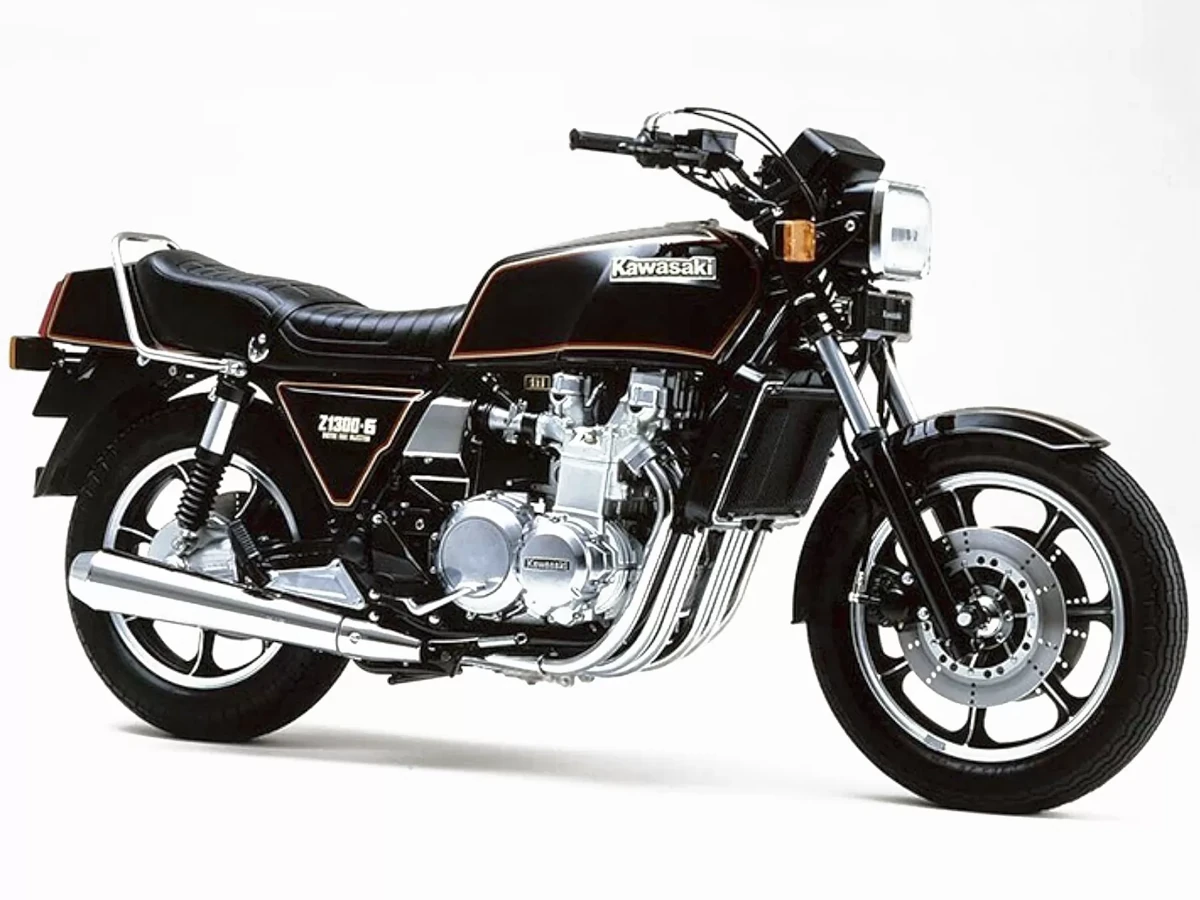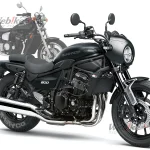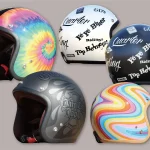Development of the successor model to the Z1 had once stalled on the 6-cylinder model!
Kawasaki, which had achieved success with a 900cc DOHC 4-cylinder in 1972, was exploring the development of a next-generation model to succeed this pinnacle, and one of the ideas was a 6-cylinder.
Originally, they were supposed to release a 4-cylinder first, but Honda got there first with the CB750 Four, so they withdrew the 4-cylinder from the 750, expanded it to 900cc, and then made it DOHC, which created a big gap with the Z1, but next they wanted to create something that was one of a kind in the world.
However, Italy's Benelli sei released a 750cc 6-cylinder in 1972 (expanded to 900cc in 1979), so they had to give up on being the first in the world to mass-produce it, and when they actually started running it in tests, the silky feeling unique to the straight-6 engine caused many negative opinions that this too-smooth engine was not like Kawasaki, and the plan was shelved at that point.
However, as big motorcycles continued to escalate and get larger displacement, and the need for high-speed touring motorcycles was foreseen, the 6-cylinder project was restarted, with the assumption that the latest engine would be water-cooled, which was rare at the time.
The bore diameter was made small at 62.0mm x 71.0mm (2-valve, incidentally), and three twin-type carburetors were installed to give the engine a compact width with six cylinders lined up, resulting in a monster motorcycle released in 1978 with a performance of 120PS/8,000rpm and 11.8kg/6,500rpm, and a dry weight of 297kg.
→Read the full story (JP Website)
Information Source. [ RIDE HI ]



